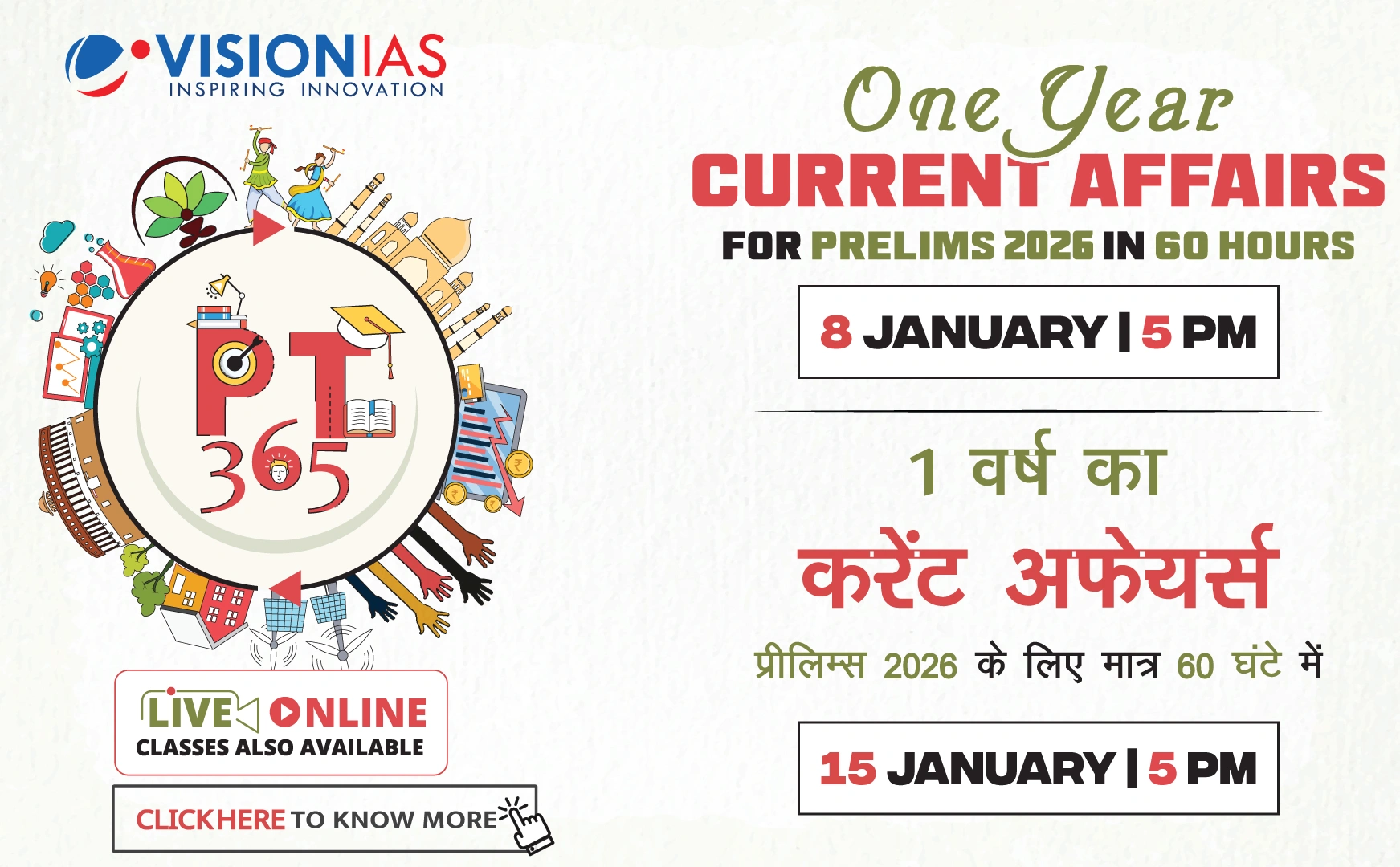India's Regulatory Framework: Challenges and Reforms
Addressing India's complex regulatory framework is an ongoing challenge, hindered by bureaucratic inertia and outdated practices. The recent budget proposal for a high-level committee (HLC) on regulatory reforms highlights the need for substantial changes. This committee is expected to submit its recommendations within a year.
Key Areas for Reform
- Addressing Ambiguities
- Clarify laws and regulations to reduce confusion.
- Curbing Bureaucratic Power
- Limit discretionary powers that lead to exploitation and inefficiency.
- Reforming the Bureaucracy
- Promote honesty and result-oriented approaches.
- Implement fixed tenures for stability in positions.
- Dispute Resolution
- Develop efficient alternatives to alleviate court burdens.
- Accountability
- Establish consequences for erring civil servants to set a precedent.
Political Implications
The success of these reforms also depends on the political class, which must avoid rent-seeking behaviors. The HLC itself should be diverse, with leadership from notable non-bureaucrats like Nandan Nilekani. The committee faces the challenge of a lack of institutional memory, as seen in past initiatives like the 2018 BRAG report.
Regulatory Burden on Businesses
- Excessive compliance requirements and criminal provisions disproportionately affect small businesses.
- Introduce mandatory sunset clauses for laws and regulations to ensure periodic review and relevance.
- Engage in wide public consultations to avoid stalemates, as seen in farm sector reforms.
Streamlining Regulations
- Implement automatic expiry dates to improve systemic efficiency.
- Utilize the World Bank’s 2024 Business Ready (B-Ready) report for consistency.
- Regulatory Impact Assessment (RIA)
- Institutionalize RIA to evaluate legality, necessity, and proportionality of regulations.
- Create cross-sectoral RIA bodies at government levels to balance public interest and economic growth.
Improving Compliance and Enforcement
- Develop a tiered compliance framework focusing on risk-based inspections.
- Employ AI and data analytics for targeted oversight of high-risk entities.
- Adopt collaborative approaches like Punjab's 'compliance clinics' to reduce bureaucratic burdens.
Transitioning from Punitive Regulations
Amend laws to remove criminal punishments for non-fraudulent or non-dangerous breaches, aligning with global norms. This encourages compliance through proportionality, viewing regulations as supportive rather than obstructive.
Conclusion: Toward Dynamic Governance
The HLC should advocate for dynamic regulatory bodies at the state and Union levels to adapt to economic and technological changes. By embracing a 'less government, better governance' philosophy, India can attract more private investment and foster innovation, ultimately reducing regulatory constraints and promoting business growth.






